(NLDO) - An object 20 times larger than the asteroid that caused the extinction of dinosaurs on Earth has crashed into another celestial body in the solar system.
A study led by Dr. Naoyuki Hirata from Kobe University (Japan) has identified a meteorite crater that was once up to 1,400-1,600 km in diameter on Ganymede, the largest moon in the Solar System.
Ganymede is one of Jupiter's moons, discovered by Galileo Galilei in the early 17th century. It is even larger than Mercury and has many interesting features.
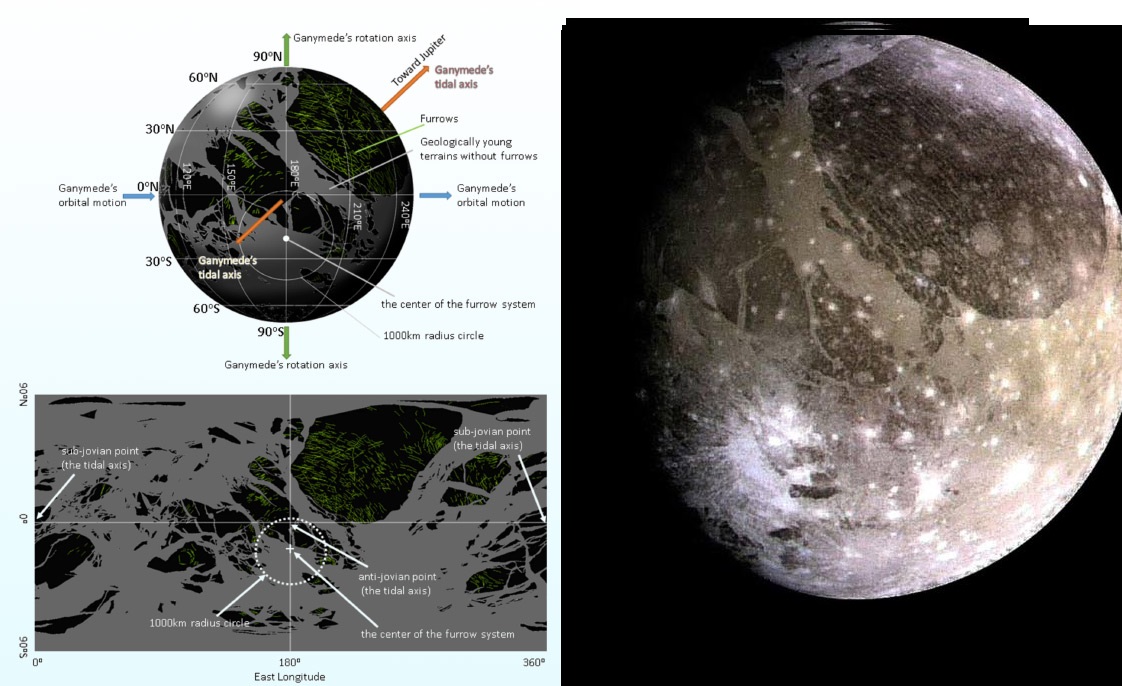
Jupiter's moon Ganymede has the largest impact crater in the Solar System - Photo: NASA
The Japanese research team analyzed Ganymede's surface in detail using NASA data and found abnormalities on some structures that resemble tectonic trenches on Earth.
The grooves are the oldest recognized surface features on Ganymede, possibly providing a window into the moon's early history.
It is thought that these grooves were created by ancient collisions, with the largest system – Galileo-Marius – possibly being the remnants of an ancient giant collision, extending concentrically from a single point on Ganymede.
Information recently published in the journal Scientific Reports has confirmed that, even finding interesting historical information about this collision.
Models show that where the grooves originate, there once existed a meteorite crater measuring up to 1,400-1,600 km in diameter.
To create such a large impact crater, the asteroid that struck Ganymede would have had to be up to 300 km in diameter, or 20 times larger than Chicxulub, the asteroid that caused the extinction of dinosaurs on Earth 66 million years ago.
The Ganymede impact is much older than Chicxulub, up to 4 billion years ago.
“The giant impact must have had a significant impact on Ganymede's early evolution, but the thermal and structural effects of the impact on Ganymede's interior have not been studied,” Dr. Hirata explained.
So the team will continue to dig into this catastrophic event, hoping to better understand the origins and evolution of Ganymede, one of the worlds that has given us a hint—albeit a rather tenuous one—of the possibility of harboring a habitable underground ocean.
Source: https://nld.com.vn/phat-hien-ho-thien-thach-lon-nhat-he-mat-troi-196240905112011109.htm




![[Photo] Hanoi morning of October 1: Prolonged flooding, people wade to work](https://vphoto.vietnam.vn/thumb/1200x675/vietnam/resource/IMAGE/2025/10/1/189be28938e3493fa26b2938efa2059e)
![[Photo] Keep your warehouse safe in all situations](https://vphoto.vietnam.vn/thumb/1200x675/vietnam/resource/IMAGE/2025/10/1/3eb4eceafe68497989865e7faa4e4d0e)

![[Photo] President of the Cuban National Assembly visits President Ho Chi Minh's Mausoleum](https://vphoto.vietnam.vn/thumb/1200x675/vietnam/resource/IMAGE/2025/10/1/39f1142310fc4dae9e3de4fcc9ac2ed0)
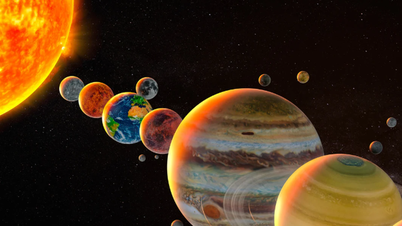

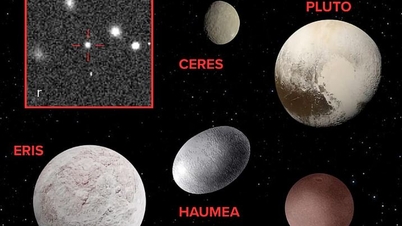


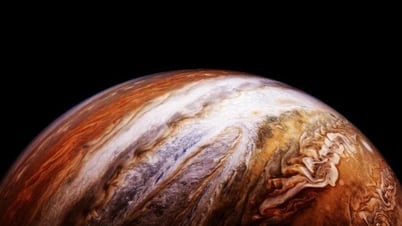
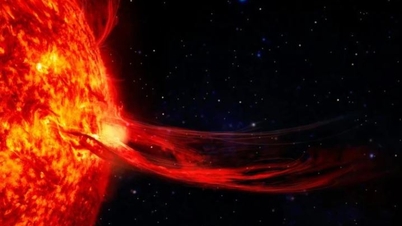
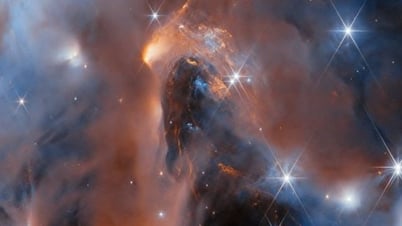







![[INFOGRAPHIC] DJI Osmo Nano Action camera, super compact, 4K 120fps recording](https://vphoto.vietnam.vn/thumb/402x226/vietnam/resource/IMAGE/2025/10/1/8408489112ee446dab897373255c827e)
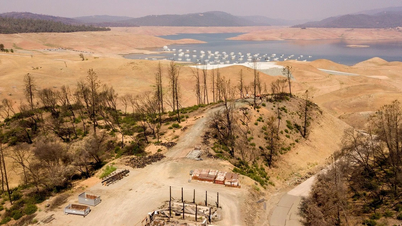































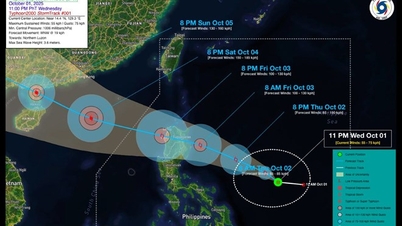












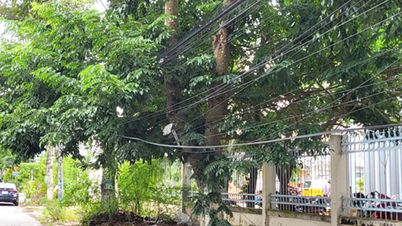






















Comment (0)